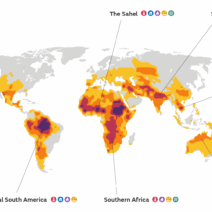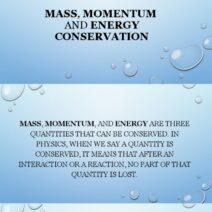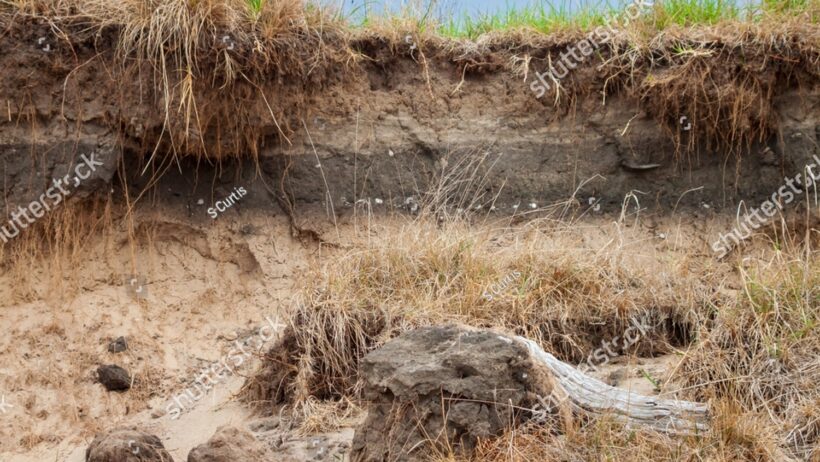The phenomenon of tornadoes has long fascinated and terrified those who have encountered their destructive wrath. However, the landscape of Tornado Alley—a phrase that conjures images of swirling winds and darkening skies—is not static. It is a living testament to the intricacies of our changing climate. As scientists delve into the nexus between climate change and storm activity, the chilling reality emerges: Tornado Alley is not merely shifting; it is expanding, propelled by the relentless force of global warming.
In the heart of the United States, Tornado Alley traditionally spanned parts of Texas, Oklahoma, Kansas, Nebraska, and South Dakota. This region has been notorious for its flat terrain that allows for the atmospheric conditions conducive to tornado formation. As the Earth’s climate warms, however, the parameters that dictate tornado genesis have also evolved, leading to a broader geographical footprint of storm activity. The expansion of Tornado Alley is akin to an artist unwittingly painting outside the lines, with unpredictable splatters across the canvas of the Midwest and beyond.
The correlation between rising global temperatures and the behavior of severe storms is under meticulous scrutiny. Warmer air holds more moisture, feeding into storm systems and creating a volatile landscape ripe for extreme weather events. Scientists have identified an increase in warm, moist air, which forms a critical ingredient for tornado formation. This warming not only intensifies the storms but also increases the frequency of severe tornado outbreaks, creating a relentless cycle of destruction and recovery.
In recent years, northeastern states, regions less accustomed to the devastating impacts of tornadoes, have experienced surprisingly fierce storms. States like Indiana, Ohio, and even parts of the Northeast, such as Pennsylvania and New York, have reported tornado occurrences that were once deemed rare. The expansion of Tornado Alley resembles an impending storm, slowly rolling over the horizon, clouded with uncertainty and foreboding.
As climate change continues to reshape our environment, we must grapple with the question of preparedness. Traditional methods of storm prediction and public awareness are becoming increasingly obsolete as tornadoes appear in areas where they were once mere specters. It is imperative that communities adapt by investing in updated storm warning systems and drills that account for this new reality. The metaphorical re-engineering of societal structures to accommodate the “new normal” becomes a vital aspect of holistic disaster preparedness.
Moreover, the implications of expanding Tornado Alley extend beyond immediate storm threats. The impact on agriculture is profound; tornadoes devastate crops in mere moments. Farmers, reliant on the predictability of seasons, find themselves contending with the unpredictable whims of an atmosphere tilting toward chaos. The complexity of the food supply chain grows fraught with peril as climate change disrupts traditional farming cycles, exacerbating the challenges posed by natural disasters.
Individuals and communities are not only faced with the threat of tornadoes but also the psychological toll that these storms impose. The anxiety connected to the uncertainties of such severe weather can lead to a pervasive sense of vulnerability. The metaphorical spinning of tornadoes in the minds of the populace can engender a sense of helplessness, heightening the need for robust mental health resources as people navigate their fears in increasingly storm-prone environments.
In mitigating the risk associated with tornadoes and their continued incursion into new territories, the role of technology and innovation becomes paramount. Advanced meteorological tools and machine learning algorithms now empower scientists to predict weather patterns with unprecedented accuracy. Integrating these technologies into community preparedness plans can help fortify vulnerable areas. However, adopting these innovations requires proactive engagement from governments and organizations, ensuring that resources are channeled toward education and infrastructure enhancement.
The narrative surrounding Tornado Alley is a cautionary tale wrapped in urgency. As the climate metamorphoses, it beckons each of us to rethink our relationship with the environment. The shifting geography of this tempestuous zone reflects the broader changes we face globally, serving as a reminder that the consequences of climate change bounce through every corner of our reality. Just like a tornado, the ramifications swirl and whip unceremoniously through society, disrupting the lives of individuals and communities.
Ultimately, grappling with the expansion of Tornado Alley is not merely an academic exercise but a matter of survival. It challenges us to act, to demand change, and to envision a future where we are better equipped to face the storms. For each gust of wind that howls ominously in the distance, there is a call to action woven into its tumultuous path. The responsibility to adapt, improvise, and innovate lies not solely with scientists or policymakers but with every individual who has a stake in safeguarding the planet’s health.
As Tornado Alley reaches into new territories like a tempestuous hand, it compels us to understand the integral links between climate change and weather phenomena. Let this be a clarion call to bolster our commitments to combatting climate change, as we work toward a society that not only anticipates the storms but embarks on a journey of resilience, preparedness, and hope.





